Winter is setting in and boaters are gathering round to exchange stories and news. If you’ve spent anytime on the water or with boaters then you’ll know that sooner or later, generally sooner, the topic turns to toilets.
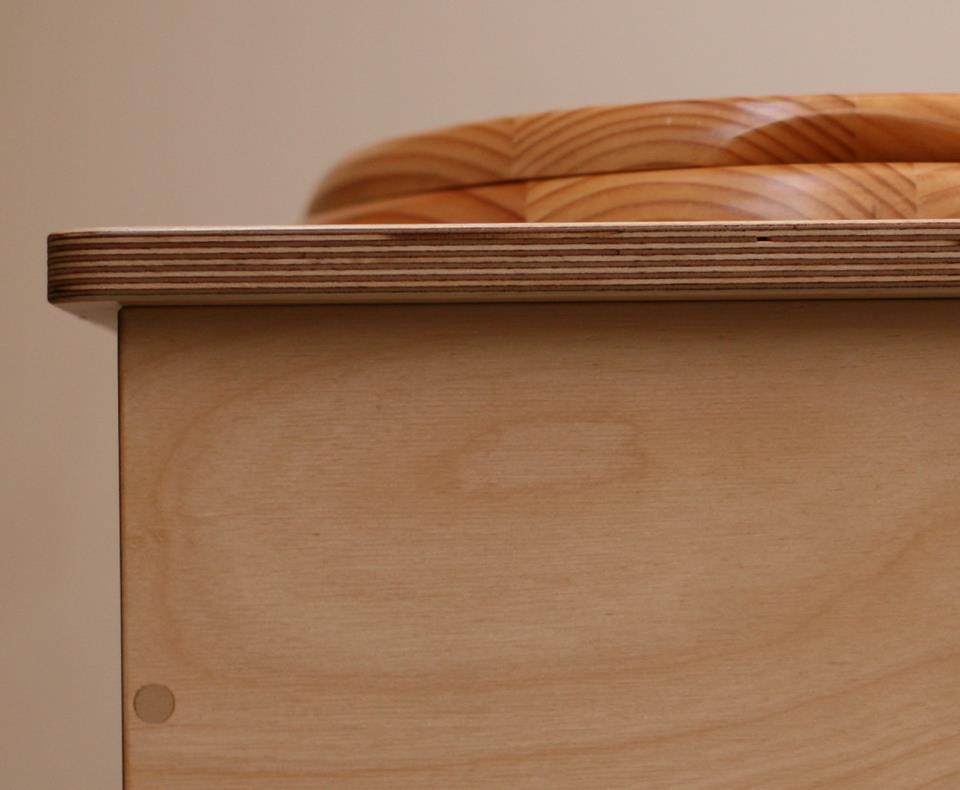
It’s one of the favourite questions of Gongoozlers as well, ‘how do you go to the loo?’, right up there with ‘does it get cold in the winter?’. Well, having just decommissioned a pump-out ready for a compost loo I thought the time ripe to write a few words on it.
Just a quick disclaimer, as ever, that this is opinion and I accept no liability for any choices or actions you make based upon reading this. Always defer to manufacturers recommendations. I hope you find this useful and interesting
There are three main types of loo; pump-out, cassette/porta potti and compost. Or, as I like to think of them big bucket, little bucket and dry bucket. Within these main categories there is further subdivision in both attribute and application but these three are the basics of what you’ve got, ‘in privy terms’. Please note ‘sea’ toilets are not legal for use in British inland waterways and are not covered here
Big Bucket
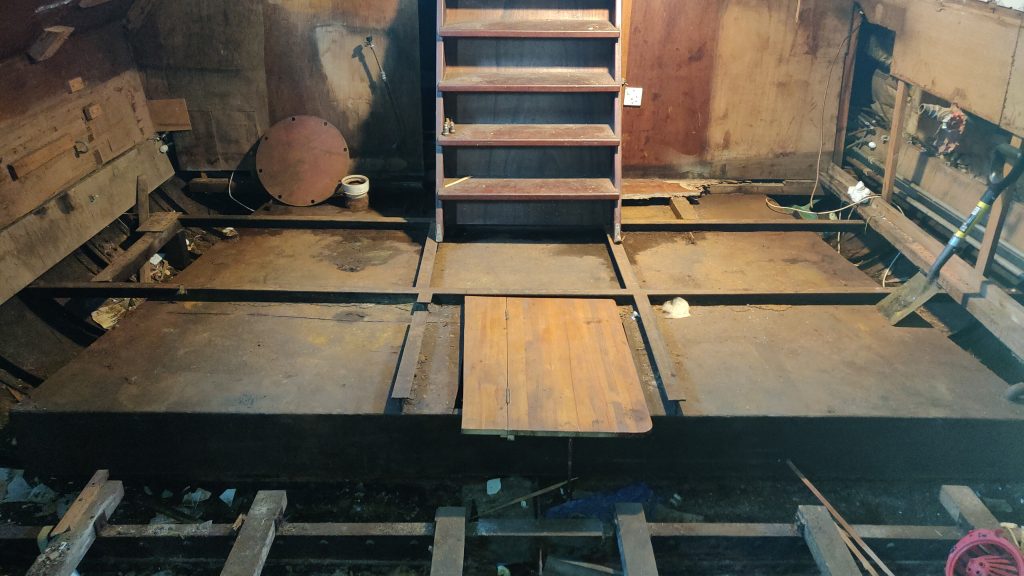
A pump-out is a big ole tank (some bigger than others as pictured right, a monster we removed recently) and a toilet, either on top or separate. The latter generally requiring a macerator in order to make smooth the passage (yes, that is my level of humour) of waste to storage point. If the tank is on top of the tank you don’t have a macerator, it can just drop straight through. The tank will have chemicals added to it to keep smells etc. in check. The particular concoction best suited is a much discussed topic, shows what happens when you don’t have a telly
Plus
- Big capacity
- Empty less often
- Closest resemblance (with some models/set ups) to a traditional toilet
- Requires little heavy lifting, the pump does the job

Minus
- Carry a big weight of waste around, can cause a boat to list
- You don’t want to have one that’s rusted through on the tank
- If you can’t find a working pump-out point (in London, shocker!) then you may be holding it for a while
- Pay £10-15 each time you empty it, plus a little smelly
- Relatively expensive and complex system
All in all, they can be very convenient and, if used with an auxiliary backup, e.g. porta potti, then they are a good choice if in good nick and well maintained. Unpleasant when they go wrong mind.
Little Bucket
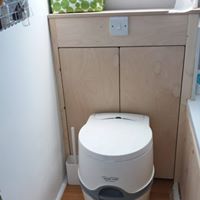
This can be a cassette or the classic camping/caravan porta potti. It’s what it says on the tin. A bucket with chemicals; toilet blue, toilet green, toilet pink, even biological detergent has been known to work. Various formats make it seem more or less like a bucket/real loo but in essence it’s pretty simple. When you’re full you just remove the tank and take to an elsan to empty
Plus
- Relatively cheap system cost
- Simple to operate
- Not much to go wrong with it
- Only ever carrying a small amount of waste
Minus
- Small capacity
- Heavy lifting, some 20kg of poop and wee, to empty
- Quite smelly to empty
You can get spare cassettes and cassettes with wheels which alleviate some of the negatives. It’s still much smaller though and you may find yourself encouraging friends to wee in the hedge when they come to visit. Most boat owners in general, but particularly those with a cassette, take a pleasure in managing to use a loo while out and about, be it pub, restaurant or a friend’s house.
Dry bucket
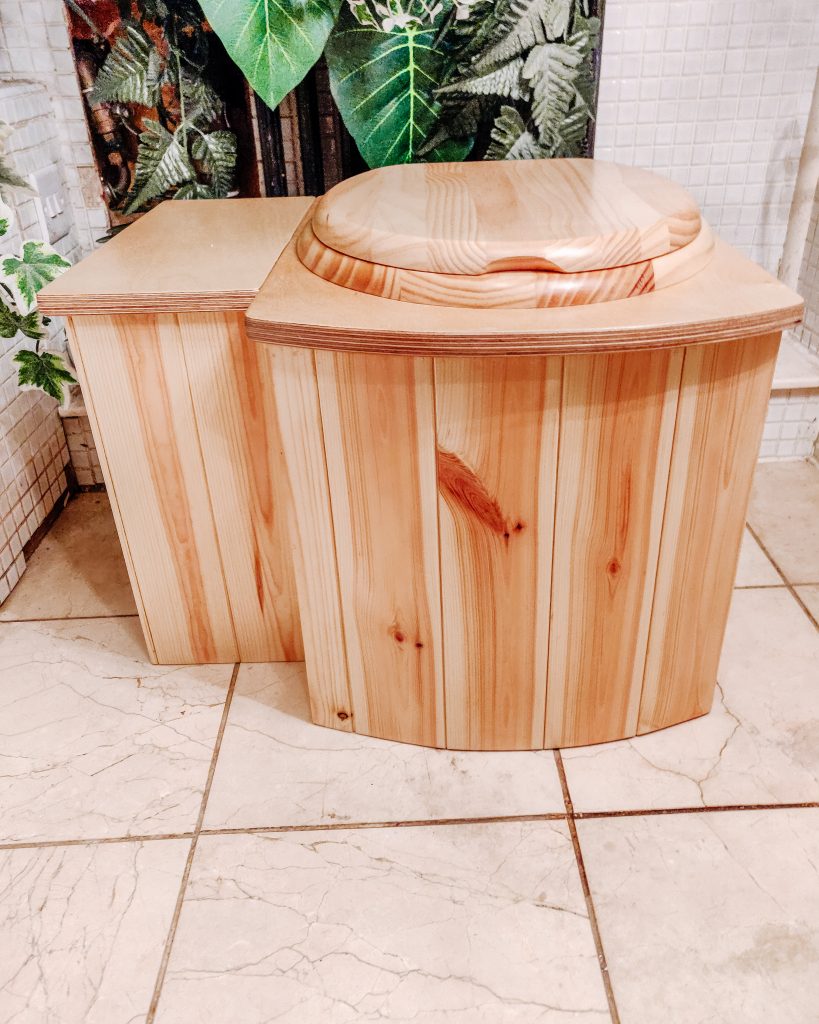
A compost loo. The idea here being that poop if kept dry does not smell (edit: some people advocate a ‘one pot’ system and I can confirm that, having smelt one, these can be low odour as well) All the urine is separated off, there are various ways of achieving this, and a small amount of sawdust is added each time to keep it dry and odour free. When full the solids are removed and left to compost until they are a safe and useful soil improver. There is debate as to how smelly or not they are. With all systems a lot is down to how it is maintained and used, and this is no different. There are passive and active systems, but the simplest is a bucket with poop and sawdust
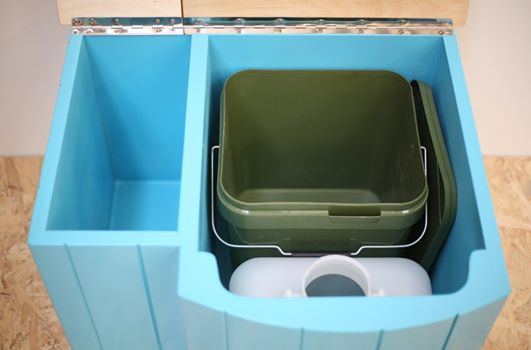
Plus
- Simple systems are very cheap
- The products can be used in agriculture and/or disposed of more readily
- Large capacity, presuming the urine is separated and emptied often the dry part can go a long time
- Potentially no need to use smelly elsan or pump-out points
Minus
- More up market systems can be quite expensive
- Relatively long composting time to produce ‘safe’ end product
- Urine still needs to be dealt with (where does boater wee go…..)
- Some heavy lifting of full tank
- Requires more balancing and TLC to get a well functioning system
They can be the highest or lowest of toilets, from fan assisted externally vented sci-fi toilets, to bucket and dust privy. They are certainly gaining popularity amongst boaters and can be a good, reliable and green system if used well
I can’t tell you what toilet is best, it’s more discussed by boaters than coal brand, water heater type and whether a trad or cruiser stern s best all rolled in to one. I do know that whatever type of toilet comes with a boat half of boaters want to change to something different. It really depends on the individual needs of the boater.

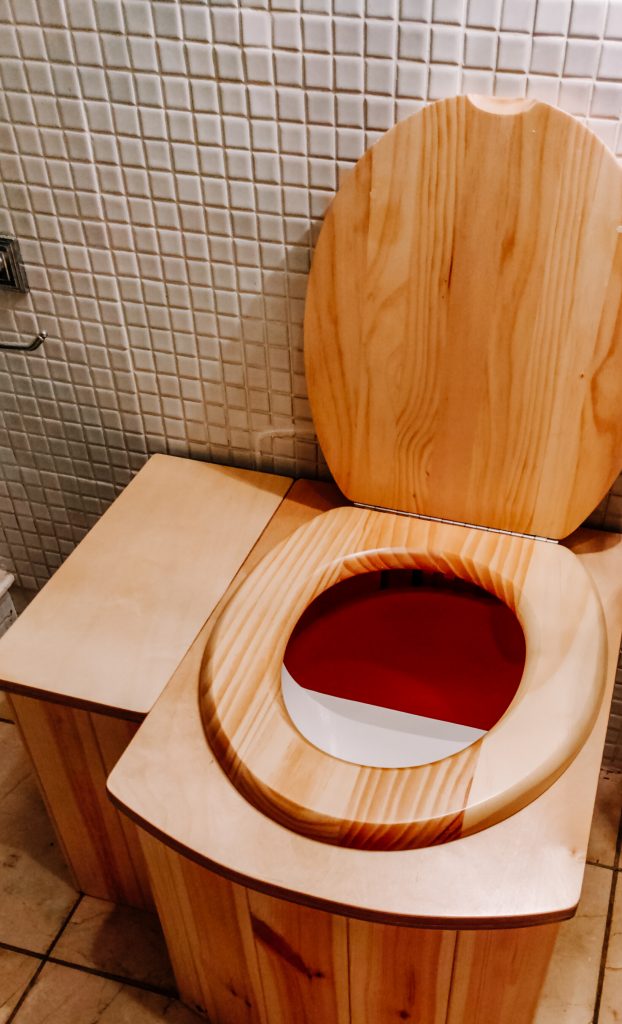
It can be reasonably economically to swap out a system if DIYing, though this can involve a fair amount of knowledge, quite a bit of brute force and, last but not least, potentially having to deal with somebody else’s old waste tank, yuk. On my boat I have a porta potti, though I am planning to proto-type a compost loo in the new year (edit: we now sell a range of compost toilets, please contact us for info. I will be adding a shop to the site in coming months). Whatever system you have and whatever system you want it can be, it’s a dirty job but someone’s got to do it

